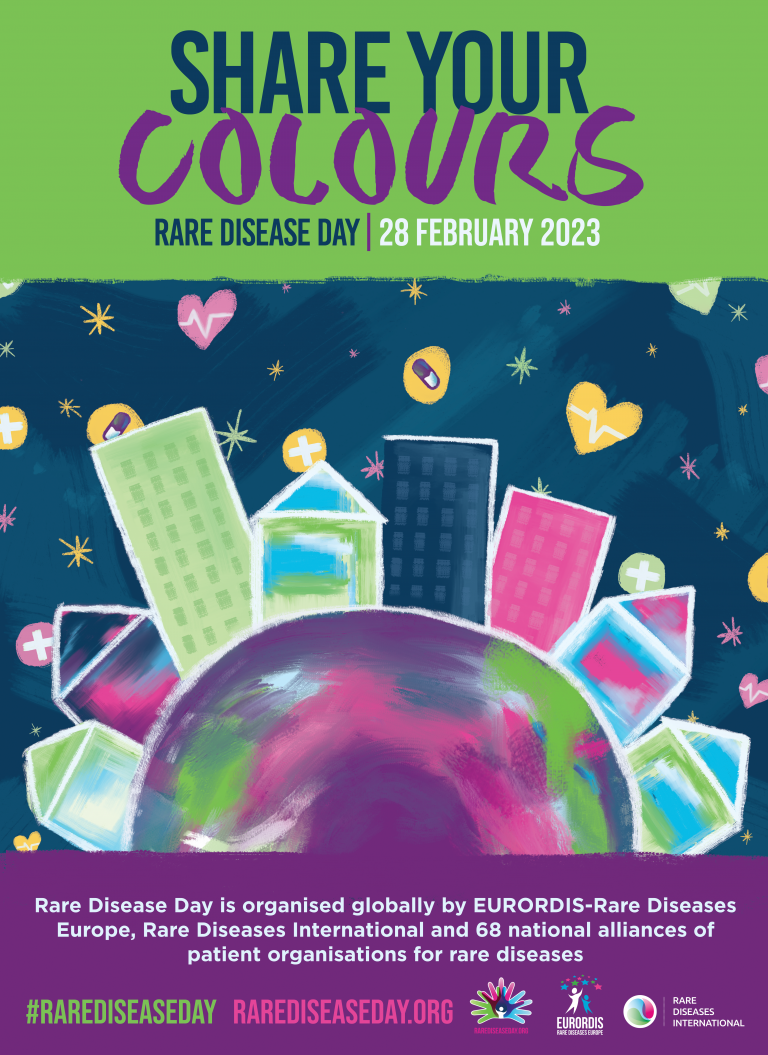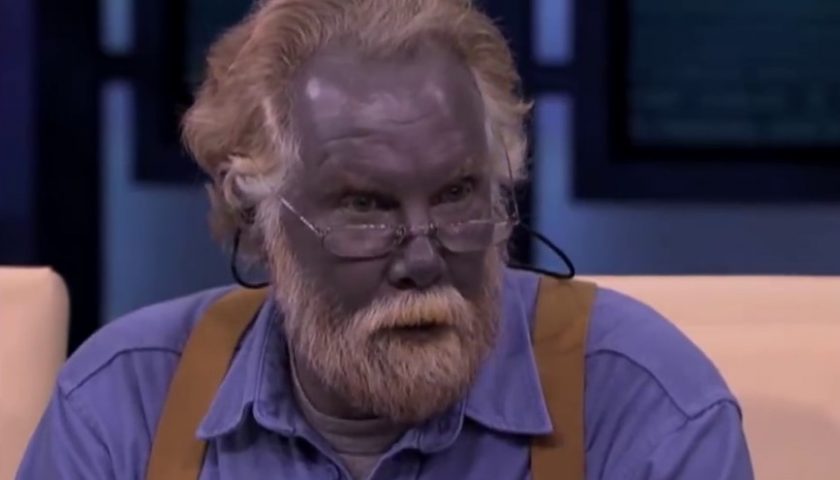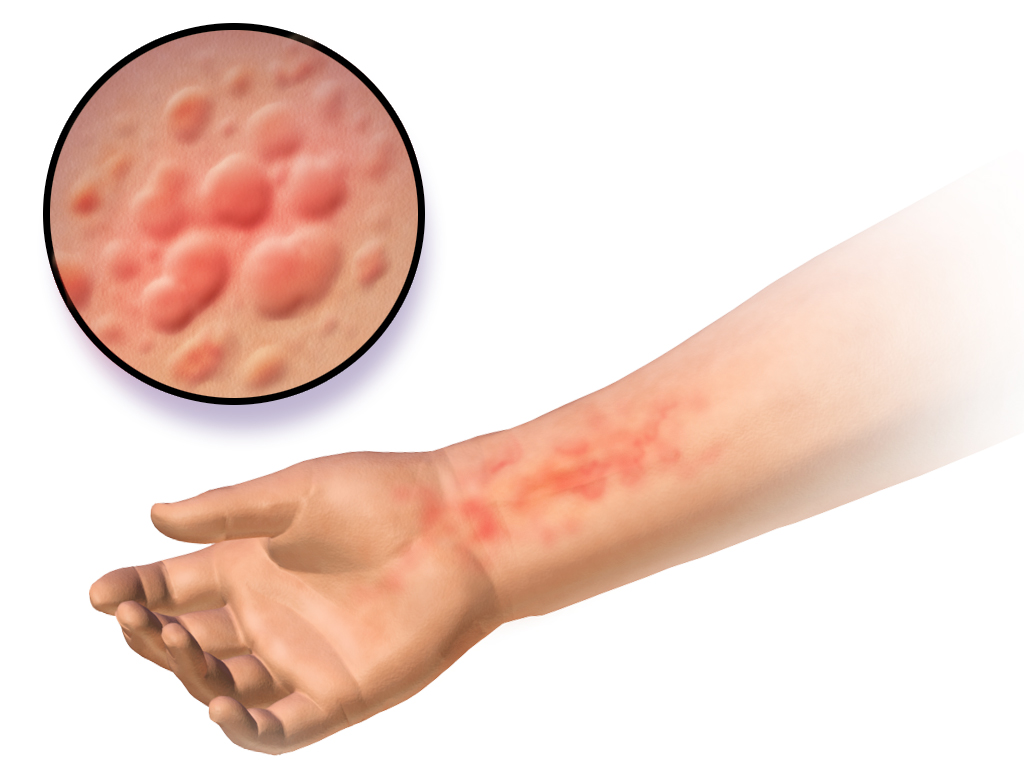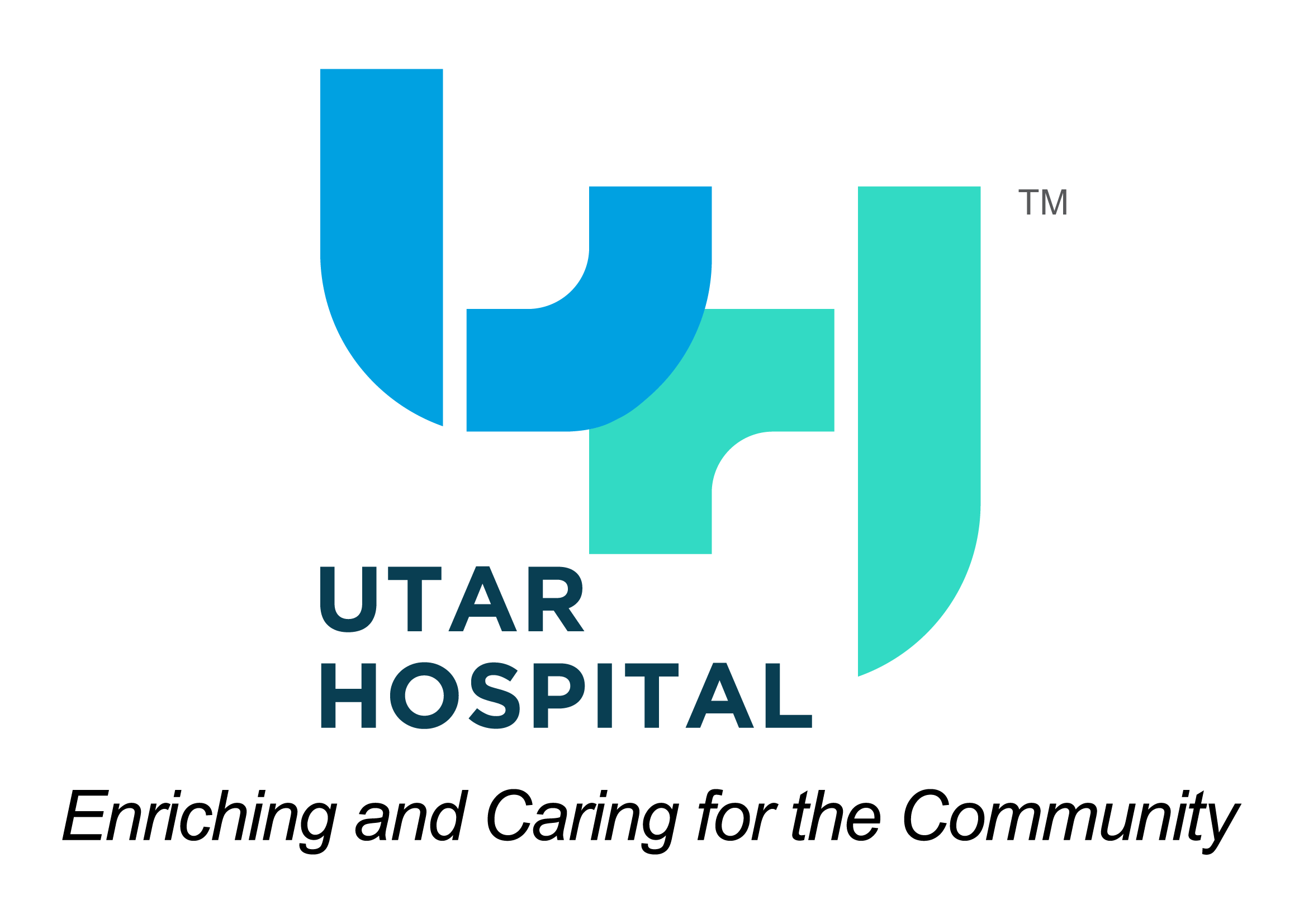All around the world, there are countless rare diseases that we have known, and even there are more rare diseases that we never know. How much do we know about rare diseases? And how well do we know about rare diseases that we never know? In conjunction with World Rare Diseases Day 2023, let us look more into the rare diseases you may not know!

Rare Disease Day is a global movement coordinated by European Organization for Rare Diseases (EURORDIS), together with 65+ national alliance patient organization partners to advocate equity in social opportunity, healthcare, and diagnosis accessibility, alongside appropriate therapies for people diagnosed with a rare disease or those who needed.
On top of that, the establishment of Rare Disease Day also aimed to enhance knowledge amongst the general public of rare diseases while encouraging researchers and decision-makers to address the needs of those living with rare diseases.
Among all the rare diseases found, here are some rare disease cases that you may never know.
Methemoglobinemia (MetHb), also known as the "Blue Skin Disorder." MetHb is a disease caused by a blood disorder in which an abnormal amount of methemoglobin is produced. As we all know, hemoglobin is the protein in our red blood cells that helps us to distribute oxygen to every corner of our body. In the Methemoglobinemia case, the hemoglobin in the red blood cell is still able to carry and distribute oxygen to our body, but the carried oxygen was not able to release the oxygen effectively.

Methemoglobinemia case can occur in 2 conditions. Firstly, passed down through the family tree. If one of the family members in the family tree had Methemoglobinemia, the descendants could have the chance of getting Methemoglobinemia, either inherited or congenitally. And the symptoms to detect Methemoglobinemia can be observed through the skin condition. A patient who has Methemoglobinemia will be having bluish coloring of the skin, which is also known as cyanosis.

Other than that, there is one interesting rare disease. Aquagenic urticaria (AU). Aquagenic urticaria is a rare form of physical disease, which occurs in response to exposure to water, including sweat and tears. In simple terms, water allergy. For the patient who has AU, it may cause rashes, swelling, itching, burning, and probably inflammation on the skin after getting in contact with water. But there's no worry about the rashes. After drying up, the symptoms should be fading within 30 minutes to 2 hours.
Unfortunately, there is still no cure for Aquagenic Urticaria but no worries, the treatment to relieve the short-term symptoms is available. For instance, applying medication that can help to reduce the allergy symptoms, such as Antihistamine. By using Antihistamine, it can help in relieving short-term itching, swelling, and irritation.
Lastly, Lesch Nyhan Syndrome. Lesch Nyhan Syndrome, also known as LNS, is a form of a disorder that affects a child's brain and behavior from the child was born. Those children with LNS may experience the worst childhood. Children with LNS experience a very painful form of arthritis, which we called as gout. On top of that, they may experience poor and weak muscle control as well as mental disability. Till today, there is no cure for LNS. But treatment options to reduce the complications are still available.
There are a lot more rare diseases that we could never know. Thus, throughout this Rare Disease Day, let us together commemorate the day and raise awareness among the community about rare diseases. Yet it may seem like a small action and support but it does matter to those who experienced rare diseases.
